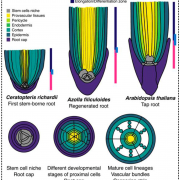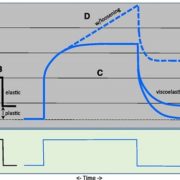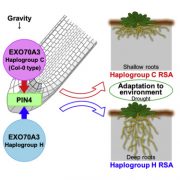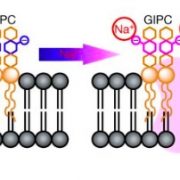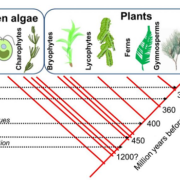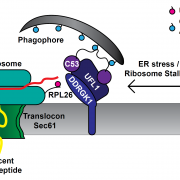Why and how plants make puzzle cells (eLIFE)
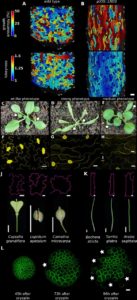 In proliferating tissues, plant cells start small and then expand to up to 100 times their original size. Sapala, Runions and collaborators studied the relationship between mechanical stress and shape to see if mechanical stress could affect the shape of epidermal cells. Simulations were run to see the effect of turgor-induced mechanical stress in single cells. When lobes were added to the cell, it was observed that the stress to the cell was not large and it was the best way to increase size without adding much stress to the cell. A mechanical model of puzzle shapes was created: cells will grow, stresses will increase and after a threshold the cell wall will be strengthened to resist these stresses. Puzzle shaped cells will appear when tissue grows isotropically (i.e equally in all directions). The model was tested with data from time lapse confocal imaging on cotyledons, showing a good correlation. Further analysis of data from other organs and species support the key role of mechanical stress in shape morphogenesis. (Summary by Cecilia Vasquez-Robinet) eLife 10.7554/eLife.32794.001
In proliferating tissues, plant cells start small and then expand to up to 100 times their original size. Sapala, Runions and collaborators studied the relationship between mechanical stress and shape to see if mechanical stress could affect the shape of epidermal cells. Simulations were run to see the effect of turgor-induced mechanical stress in single cells. When lobes were added to the cell, it was observed that the stress to the cell was not large and it was the best way to increase size without adding much stress to the cell. A mechanical model of puzzle shapes was created: cells will grow, stresses will increase and after a threshold the cell wall will be strengthened to resist these stresses. Puzzle shaped cells will appear when tissue grows isotropically (i.e equally in all directions). The model was tested with data from time lapse confocal imaging on cotyledons, showing a good correlation. Further analysis of data from other organs and species support the key role of mechanical stress in shape morphogenesis. (Summary by Cecilia Vasquez-Robinet) eLife 10.7554/eLife.32794.001


